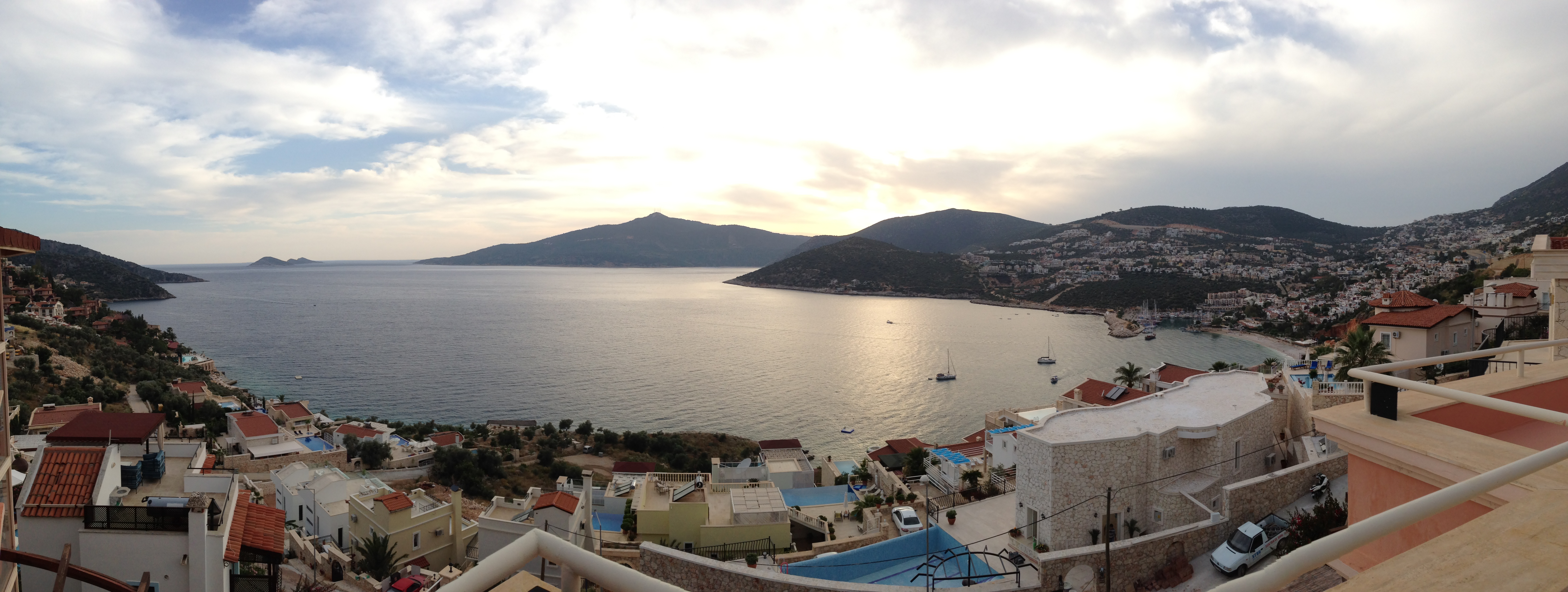Göbekli Tepe is arguably the most important historical site in Turkey, believed to be home to the oldest temple in the world. Excavations here started in earnest in the 1990s and what they have uncovered has changed our assumptions about the development of human civilization.

Göbekli Tepe (which translates to “potbelly hill”) is one of the most awe-inspiring places I have ever visited: not because it is so exciting to look at (its really a bunch of stone blocks on the top of a hill), but because of its setting and its historical significance. The site is located about 20 minutes northeast of Şanlıurfa, set on top of a hill surrounded by brown wheat fields. When I visited Göbekli Tepe I had no clue about its historical significance, but when I first stepped out of the car, I was instantly struck by the fact that I was in Mesopotamia: the land between two rivers, the cradle of human civilization! My awe continued to grow as I learned more about the history of the site.

Göbekli Tepe is a Neolithic site believed to be at least 11,000 years old. For historical perspective, Stonehenge is ~5,000 years old and the oldest Egyptian pyramid is ~4,650 years old. The pyramids are closer in age to our modern civilization than they are to Göbekli Tepe! That gives you just some sense of what we are dealing with here. 11,000 years ago humans were still hunter gatherers and had not yet settled into cities. The date of Göbekli Tepe therefore calls into question many of the assumptions we made about our ancient ancestors. It shows us that they were building permanent religious structures before they were building homes and cities.
The site itself isn’t all that exciting to see: it contains a series of 15-ton t-shaped monoliths erected in a circular formation. Four of these circular formations have been uncovered so far but imaging shows that at least 16 more circles are still buried under the hill. The stones contain carvings of animals that are in shockingly good condition considering how old they are. You can make out ducks, boars, lions, foxes and snakes among other creatures. It is believed that Göbekli Tepe was a place of pilgrimage for people living in the vicinity. With much of the site still unexcavated they are likely to learn much more about the site and its importance as they continue to dig!

Visitor Info: Göbekli Tepe is open daily from 8:00am to 7:00pm from April through October and 8:00am to 5:00pm from November through March. Admission is 5TL.

